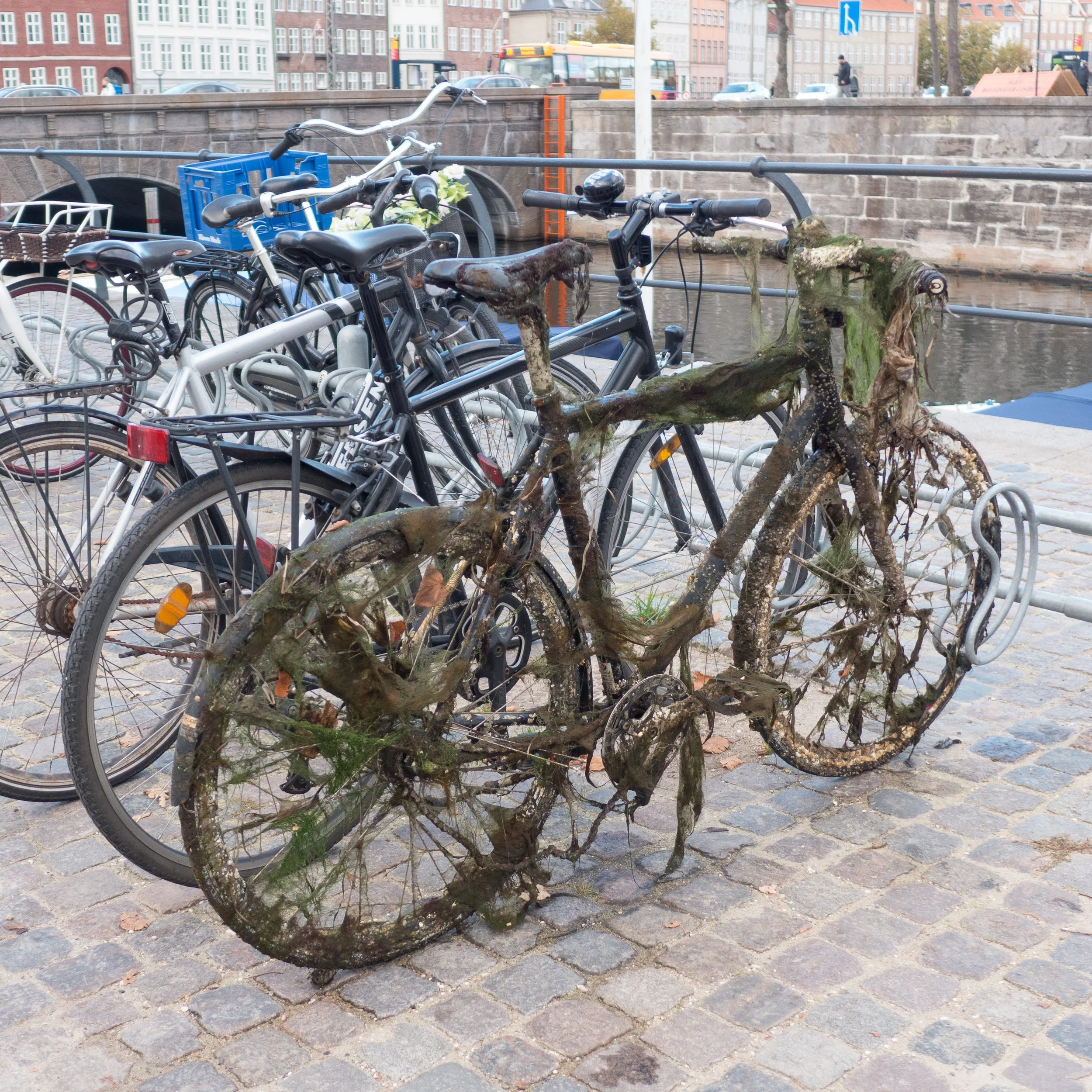TOUR OF CPH - Sunday 2 July 2023
/On 2 July 2023 - to coincide with the opening of the world architecture congress in the city - a car-free cycle route was established around the centre of the city with a major cycle event for families - for any citizens as well as any tourists who could rent or borrow a bike - as long as they were on two or three wheels.
The ride covered about 8 kilometres in all through the streets of the old city and with twenty stopping places at key historic sites and major buildings where there were panels with QR codes for information.
The route took cyclists first from the Danish Architecture Center over Lille Langebro and along the quay, on the Amager side of the harbour, before riding through Christianshavn and then up to Holmen and close to the opera house.
Heading back along the canal past the Arsenal, they crossed back to the centre over the Inner Harbour Bridge to Nyhavn and then out towards Tolbod before heading across to the King’s Garden and then down through some of the busiest shopping streets in the city to Gammel Strand and around Frederiks kanal and so back to the Architecture Center.
There was an app for route.
All cars and all other motor vehicles were barred from the whole route with just five crossing points, with barriers and marshals, where some locals in their cars were allowed in and out but the only point where there was free and open access for vehicles to enter the central area was at Knippelsbro where vehicles could cross the bridge from Amager to the centre because bikes on the route were under the bridge on the quay.
Cyclists could join and leave the route at any point but there was an official start and finish at the Danish Architecture Centre where there was a festival area on Bryghuspladsen - in front of BLOX - with activities divided into four themes ……..
Green Everything - food, urban gardens and Hello Kitchen
Splash Splash - Green Kayak rubbish collection + fishing in the harbour
Active City - street sports, dancing and Parkour
Game’ on Move it - gaming, exercise + working out
TOUR OF CPH
Sunday 2 July 2023
12 to 15pm
I’m not sure if this event was as well as or instead of the annual Car Free Sunday.
If a date and a list of roads to be closed is published later in the summer, I will post infrmation on the blog















































